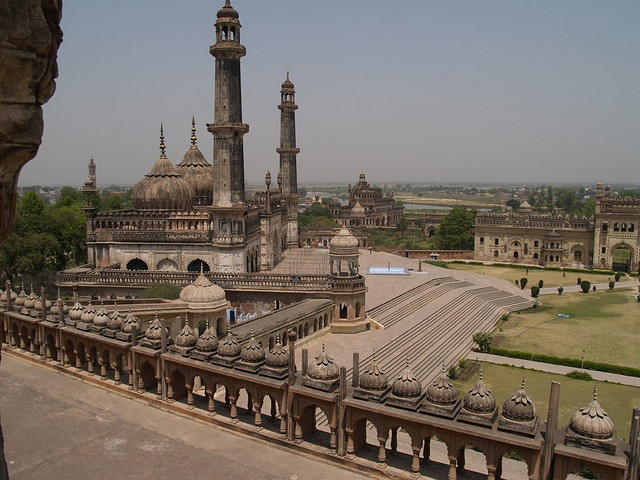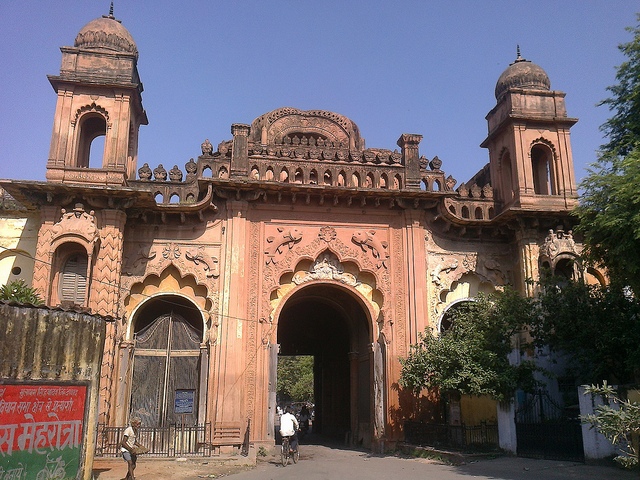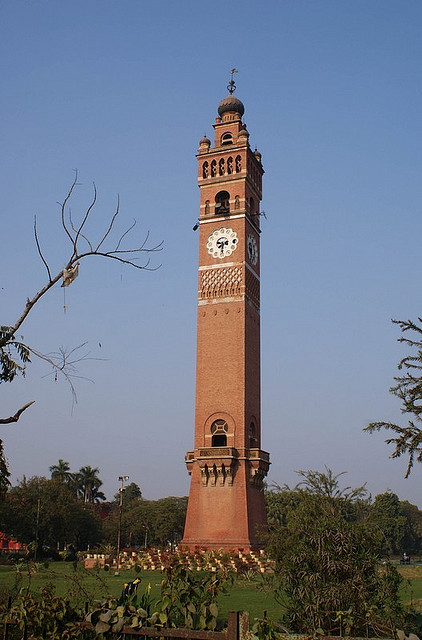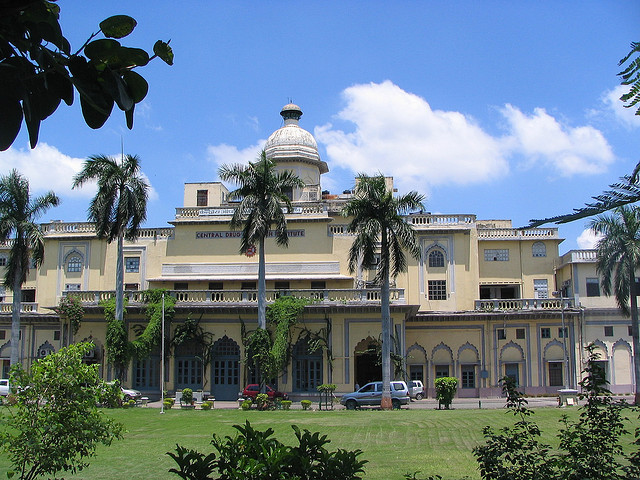Machchi Bhawan
The emblem of two fishes facing each other was adopted by the Sheikhs of Lucknow and patronised by the Nawabs and the English. It was built by Burhan ul Mulk. The Bhawan comprised of number of buildings and existed as a fort. with vaulted halls with arches. When King George V visited Lucknow as Prince of Wales in 1905, he laid the foundation of the Medical College exactly on the spot where Machchi Bhawan existed in ruins. The college was opened for admission in 1912 and became the famous K G Medical College.




